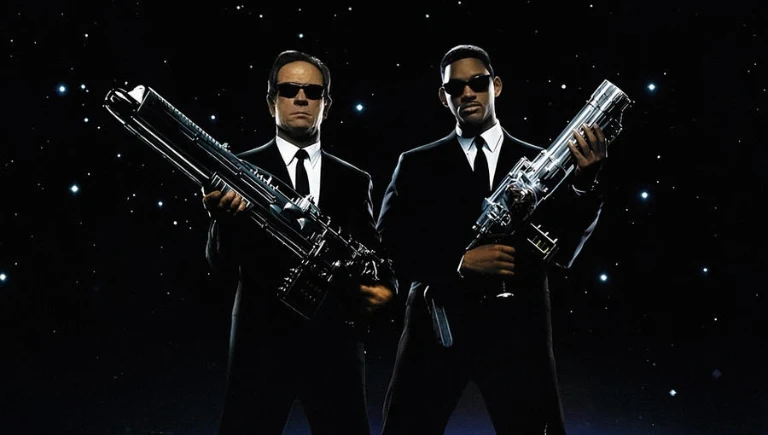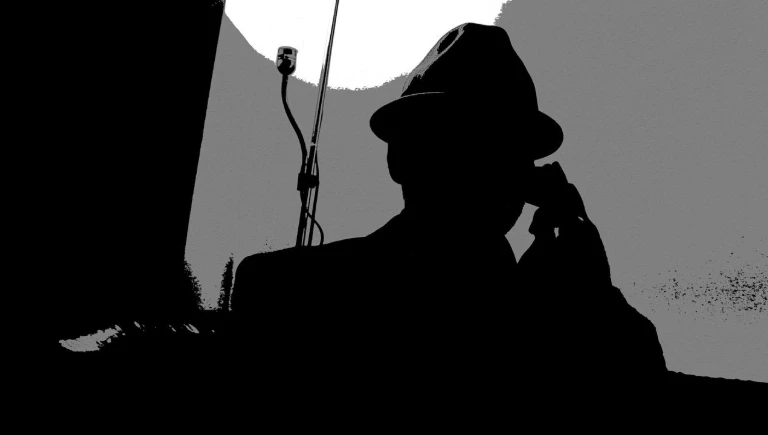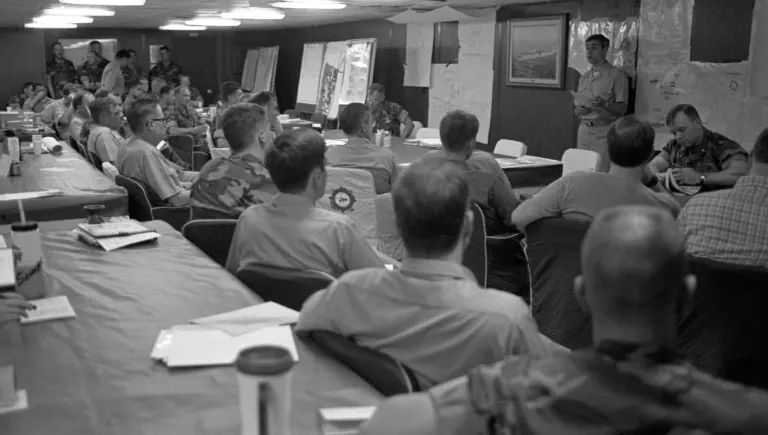Unmasking the Men in Black: Real Government Agents or Just a Myth?
The Men in Black keep many people awake at night. These mysterious figures are linked to UFO sightings, conspiracy theories, and secret government plots. Their image has become part of pop culture, stirring both fear and fascination. But are they real? Or just stories created by fear and imagination? Understanding the truth behind these shadowy figures remains a pressing question for many. This article digs deep into the origins, stories, and theories about the Men in Black to reveal what’s fact and what’s fiction.
The Origins of the Men in Black Myth
Historical Roots and Early Sightings
The legend of the Men in Black first appeared during the 1950s and 1960s. Ordinary witnesses of UFOs started reporting strange encounters. Many said these men appeared after claiming to be government agents, warning or intimidating them. These reports grew during a time of Cold War secrecy, when governments were hiding many military projects. The stories seemed to echo the paranoia of the era, blending fear of the unknown with real government cover-ups.
💡 Did You Know?
The term “Men in Black” was first popularized in Gray Barker’s 1956 book They Knew Too Much About Flying Saucers.
Cultural and Media Influences
Movies, books, and TV shows shaped how people see the Men in Black. Hollywood’s 1997 film popularized the idea with secret agents fighting aliens. Before that, reports like the 1947 Kenneth Arnold sighting sparked public interest. This famous encounter involved a pilot witnessing strange flying objects, which many think started the UFO craze. Over time, these stories merged into a myth where secret agents appeared to silence witnesses or cover up evidence.

Societal Factors and Conspiracy Theories
Fears about government secrets fueled speculation. The idea grew that powerful agencies like the CIA or covert groups such as MJ-12 were behind the Men in Black. These theories link them to secret programs, alien contact cover-ups, or mind control efforts. Conspiracy communities embraced these stories, making them part of a larger web of suspicion. The myth became a symbol of distrust in authorities and the unknown.
Who Were the Men in Black? Real or Fictional?
Eyewitness Testimonies and Common Descriptions
Most people describe the Men in Black as tall, wearing dark suits and hats, with sunglasses even at night. They often act oddly, speaking in monotone or showing no emotion. Some witnesses say they turn up after UFO sightings, always alert and serious. Yet, witness accounts vary widely. Some see them as human-like, while others claim they are strange or alien in appearance.

Potential Real-Life Counterparts
Real individuals may have inspired the myth. Government officials, secret agents, or intelligence operatives could fit some descriptions. During the Cold War, agencies often used undercover agents, who sometimes appeared intimidating. Certain documented cases involved men claiming to be officials or informants, adding weight to the idea that some encounters might be real. Still, most stories lack concrete proof.
⚠️ Warning Box
Not all who claim to be government agents are legitimate. Some may use the myth for scams or intimidation.
Mythical and Extraterrestrial Interpretations
Some believe the Men in Black are alien entities or government-made illusions. Could they be hallucinations, psychological tricks, or mass hysteria? Scientific studies suggest that many reports of these men could stem from sleep paralysis, false memories, or suggestibility. These phenomena can make people see or believe in things that aren’t real. Many experts see the Men in Black as a mix of myth, psychological bias, and cultural influence.
The Men in Black and Government Cover-Ups
Declassified Documents and Official Records
FOIA requests have released limited documents tied to UFOs and secret government projects. Some show efforts to keep quiet about sightings. But clear evidence linking these cases to Men in Black remains scarce. Official files sometimes mention hush money or cover stories, yet they rarely mention shadowy men. Gaps in records leave room for questions but little proof.
💡 Fact Box
In 1976, a man named Dr. Herbert Hopkins claimed to be visited by a Man in Black who knew details about his private conversations.
Possible Government Operations and Covert Activities
Many theories propose that the Men in Black are part of secret spy or disinformation campaigns. Governments might send agents to scare witnesses or discredit UFO reports. Some examples include psychological operations used in wartime or espionage tactics. While entertaining, these ideas often lack verified evidence. Still, they highlight how governments sometimes use misinformation to stay in control.

Impact on Public Trust and UFO Disclosure
The myth of the Men in Black fuels mistrust of authorities. Many believe the truth about UFOs is hidden, and shadow figures play a role. Recent disclosures by U.S. agencies acknowledge unexplained sightings, but don’t prove the Men in Black exist. To stay skeptical, it’s wise to ask for solid proof before jumping to conclusions. Critical thinking is key when faced with extraordinary claims.
The Cultural and Psychological Impact of the Men in Black
How the Myth Shapes Public Perception of UFOs
These stories enjoy a special place in paranormal culture. They turn UFO sightings into clandestine battles with secret agents, making the phenomena more dramatic. The iconic black suits and mysterious behavior symbolize power and hidden knowledge. Stories about these figures often serve as warnings or mysteries to solve.
Psychological Explanations
Mass hysteria, hallucinations, and memory flaws help explain many Men in Black reports. People may see what they want to see, especially after stressful or confusing experiences. Sleep paralysis can create a feeling of presence or seeing shadowy figures. False memories can also be planted over time by suggestion or media influence. These mental errors blur the line between reality and fiction.
📌 Callout Box
Many reported sightings may be the result of sleep paralysis or suggestion after intense stress or media exposure.
Lessons Learned and Future Outlook
It’s crucial to question unbelievable stories and seek evidence. Technology like radar, satellites, and scientific analysis can help uncover the truth. More transparency from governments could bring clarity. Until then, the best approach is to remain curious but skeptical. The truth about the Men in Black might be hidden, but science and investigation can bring us closer.
Conclusion
Are the Men in Black real, mythical, or a little of both? The evidence points to a mix of psychological phenomena, cultural influence, and some real intelligence activities. Most sightings and stories are probably exaggerated or misunderstood. Still, the myth persists because it taps into our fears of secrecy and the unknown.
Understanding these figures teaches us to question claims, examine evidence, and think critically. The fascination with the Men in Black reveals human curiosity and our urge to uncover hidden truths. As science advances and government transparency improves, the mysteries might slowly fade—but their legend will likely remain part of our cultural landscape.







